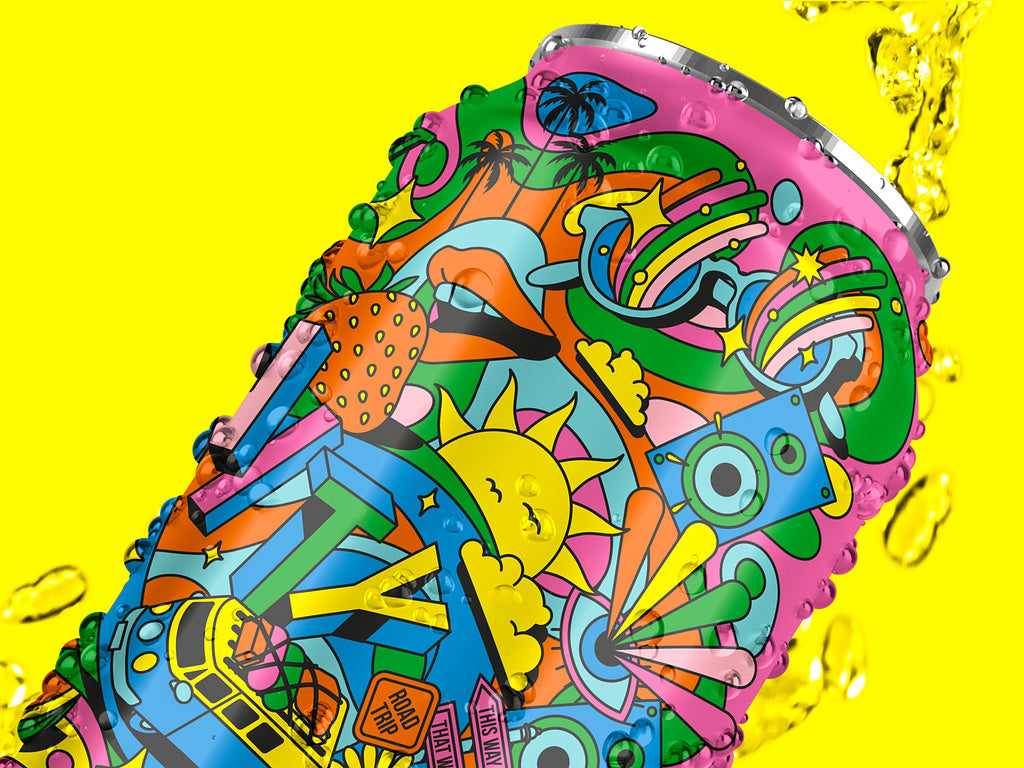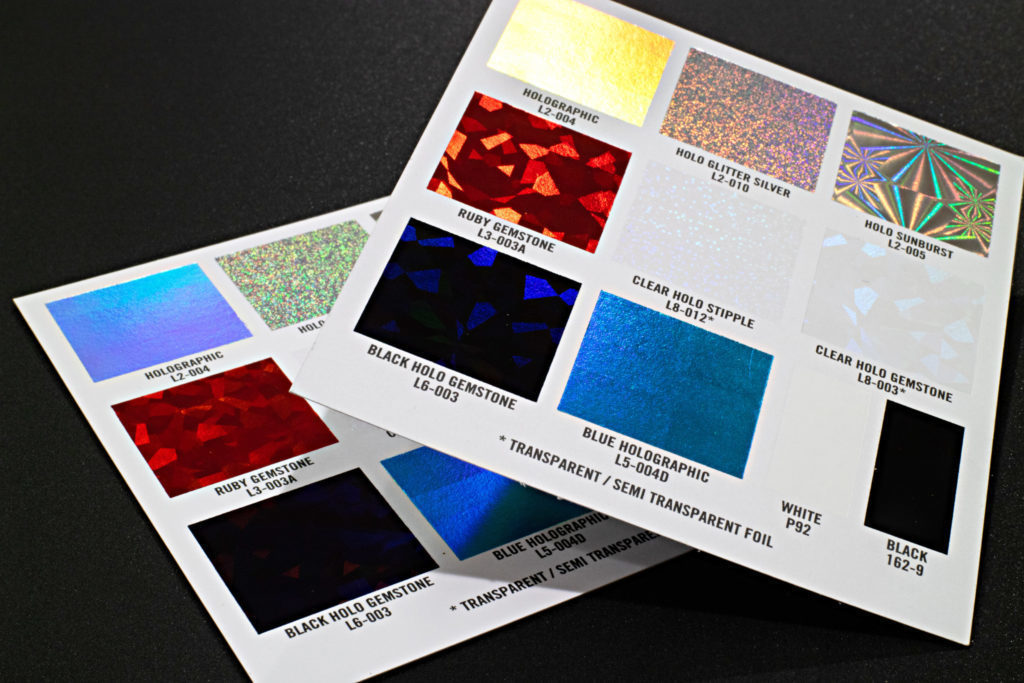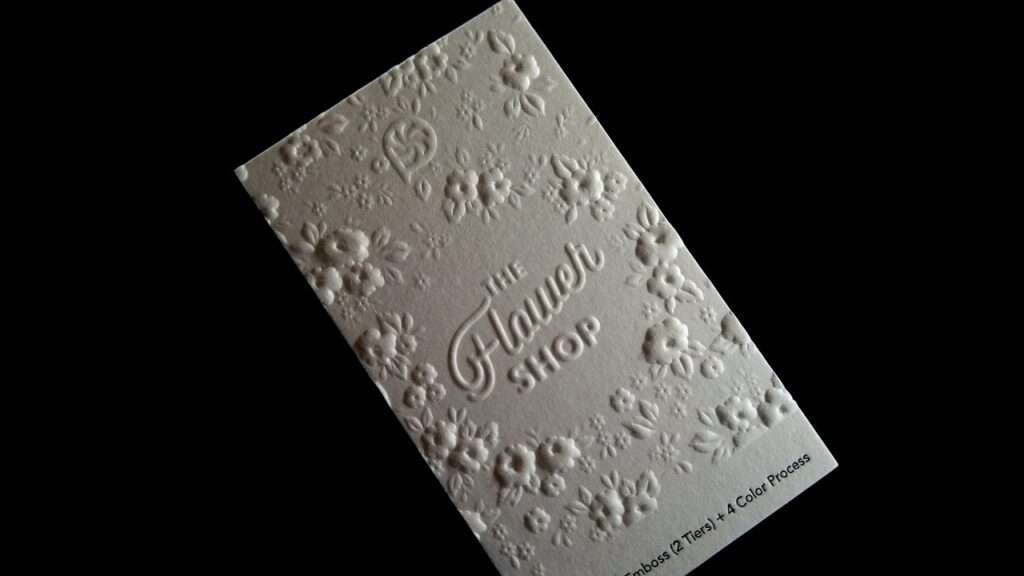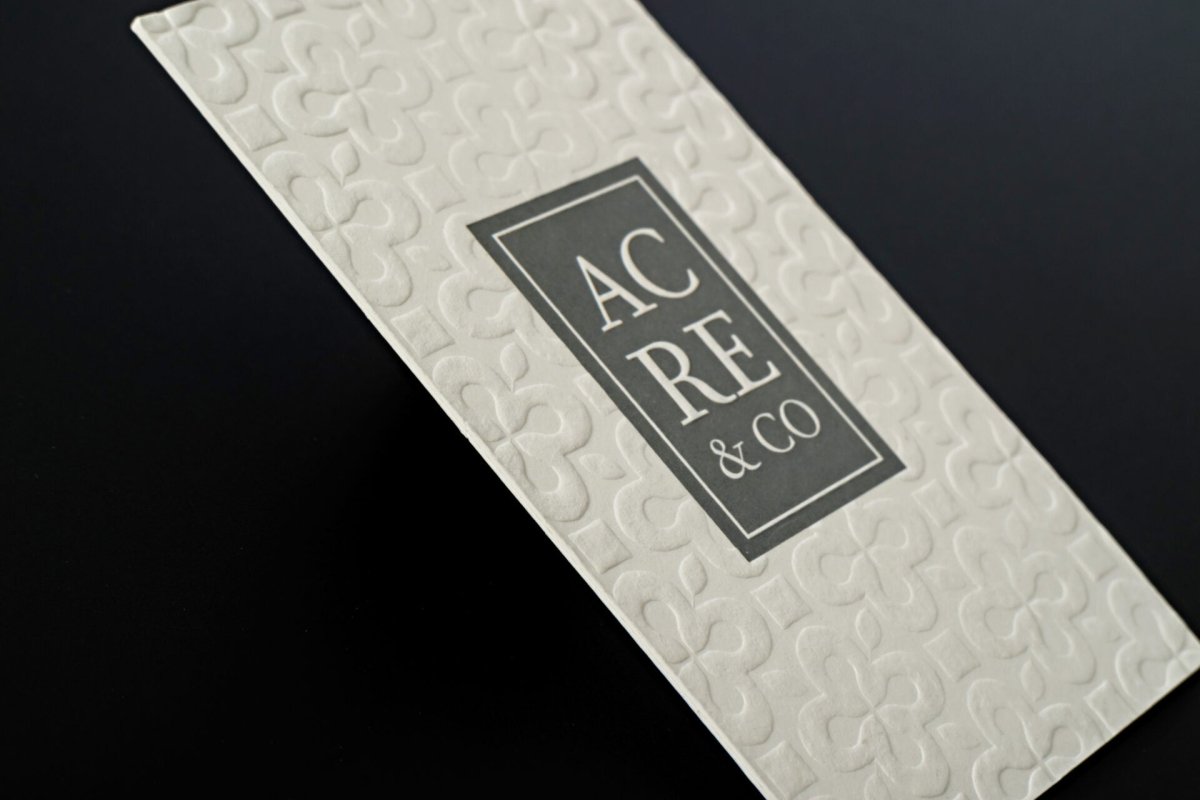
Creative Packaging Ideas to Boost Your Brand
Sunny SuggsShare
(Source)
Why Packaging Matters

Packaging is often the first interaction a customer has with your product, making it a critical component of the marketing mix. Effective packaging does more than just hold a product; it communicates its value, differentiates it from competitors, and enhances the customer experience. A well-designed package can convey quality and attention to detail, encouraging trust and loyalty from consumers.
Elements of Creative Packaging

- Material Choices:
The choice of materials can significantly influence consumer perception. For instance, heavyweight, textured papers can convey luxury, while clear, minimalist designs might suggest simplicity and modernity. Brands focusing on sustainability might use materials like mushroom packaging or algae-based plastics, which not only reduce environmental impact but also appeal to environmentally conscious consumers.
- Functional Design:
Functional design considers how easy and enjoyable your product is to use. Packaging that is difficult to open or that fails to protect its contents can frustrate customers and damage your brand's reputation. Design elements that enhance functionality might include stackable shapes for easy storage, lightweight materials for reduced shipping costs, or tamper-evident features for added security.
- Personalization:
In an era where consumers value individual experiences, personalized packaging can create a deep emotional connection. This could be as simple as using variable data printing to add a customer's name or as complex as using AI to design packaging based on purchasing behavior. Personalization can make customers feel valued and increase brand loyalty.

- Visual Appeal:
The visual design of your packaging should align with your brand identity and appeal to your target audience. This might involve using bold, vibrant colors to attract a younger demographic or elegant, subdued hues for luxury products. Typography, imagery, and brand logos also play essential roles in making your packaging stand out while conveying your brand message.
- Interactive Elements:
Adding interactive elements to packaging can transform a mundane unboxing into an engaging experience. This could include QR codes that lead to interactive content like games or special offers, or designs that change under different lighting conditions. Such features can increase customer engagement and provide additional marketing opportunities.
Case Studies of Creative Packaging

- Bloom & Wild:
Bloom & Wild's innovative packaging not only addresses practical issues like damage prevention and unattended deliveries but also enhances the brand's image as thoughtful and customer-focused. Their approach has set a new standard in the flower delivery industry, combining functionality with aesthetic appeal.

- Lush Cosmetics:
Lush demonstrates how packaging can reflect corporate values, such as sustainability. Their minimal use of packaging, along with the promotion of package returns for recycling, reinforces their commitment to the environment and influences consumer perceptions positively, aligning with the values of their target market.

- Apple:
Apple's packaging is an integral part of its brand experience. The simplicity and elegance of their packaging mirror the design ethos of their products, creating a consistent brand message from the box to the device. This consistency helps to reinforce Apple's position as a premium technology provider.
Tips for Designing Your Packaging
- Understand Your Audience:
Deeply understanding your target market can inform decisions about packaging design. Consider demographic factors like age, gender, and interests, as well as psychographic factors such as values and lifestyles. This understanding will help tailor your packaging to meet the specific needs and desires of your audience.
- Keep It Simple:
A simple design can often be more effective, making your product easy to identify and the brand message clear. This doesn't mean your design should be boring; rather, it should be uncluttered and focused, with a strong visual impact.
- Be Consistent:
Consistency in packaging design helps build brand recognition. This includes consistent use of colors, logos, and typography across all product lines and packaging types. Consistency helps reinforce brand identity and can make your products instantly recognizable on the shelf.
- Test Your Packaging:
Testing your packaging design with real users can provide invaluable insights. This might involve A/B testing different designs to see which performs better or gathering feedback from focus groups. Testing can help refine your packaging to better meet customer needs and expectations.
- Stay Flexible:
The ability to adapt your packaging design to changing market conditions and consumer preferences is crucial. This flexibility can help you stay relevant and competitive, whether it's updating designs to stay on trend or adjusting materials to meet new environmental regulations.
Expanding on the Importance of Packaging
Enhancing Brand Storytelling:
Packaging is a powerful medium for storytelling. Through design elements and materials, you can tell a story about your brand's origins, its mission, and its values. For example, a brand that started in a small artisan workshop might use handcrafted elements in its packaging to convey its heritage and commitment to craftsmanship.
Creating Multi-Sensory Experiences:
The best packaging designs engage more than just the sense of sight. Textural elements can invite touch, while scented coatings or inserts can offer a unique olfactory experience. For food products, packaging that preserves freshness while also allowing a sneak peek or smell of the contents can entice the senses and boost appeal.
Leveraging Technology in Packaging
Smart Packaging:
Incorporating technology such as NFC (Near Field Communication) chips, RFID (Radio Frequency Identification) tags, or augmented reality can transform traditional packaging into smart packaging. These technologies can enhance customer interaction by providing additional product information, authenticity verification, or immersive digital experiences directly from the packaging.
Sustainability and Innovation:
As consumers become more environmentally conscious, they prefer brands that demonstrate a commitment to sustainability. Innovations in biodegradable and recyclable materials can significantly enhance a brand's image. For instance, using plant-based plastics or packaging that customers can repurpose can position a brand as innovative and environmentally responsible.
Strengthening Customer Loyalty Through Packaging
Membership and Loyalty Programs:
Packaging can be used as a tool to promote membership or loyalty programs. Including QR codes or special codes in packaging that customers can scan or enter online to earn points or rewards can increase customer retention and encourage repeat purchases.
Limited Edition Packaging:

Creating limited edition packaging for special occasions or collaborations can generate excitement and exclusivity. This strategy can attract collectors and fans who value unique and rare products, thereby enhancing the perceived value of the brand.
Conclusion
Creative packaging is an essential aspect of a product's success and a brand's overall market strategy. By focusing on innovative materials, functional designs, personalized elements, and incorporating technology, brands can create packaging that not only stands out on the shelf but also builds a deeper connection with consumers. As the market evolves, staying ahead in packaging design can lead to increased brand loyalty, better customer experiences, and ultimately, greater success in the marketplace.


